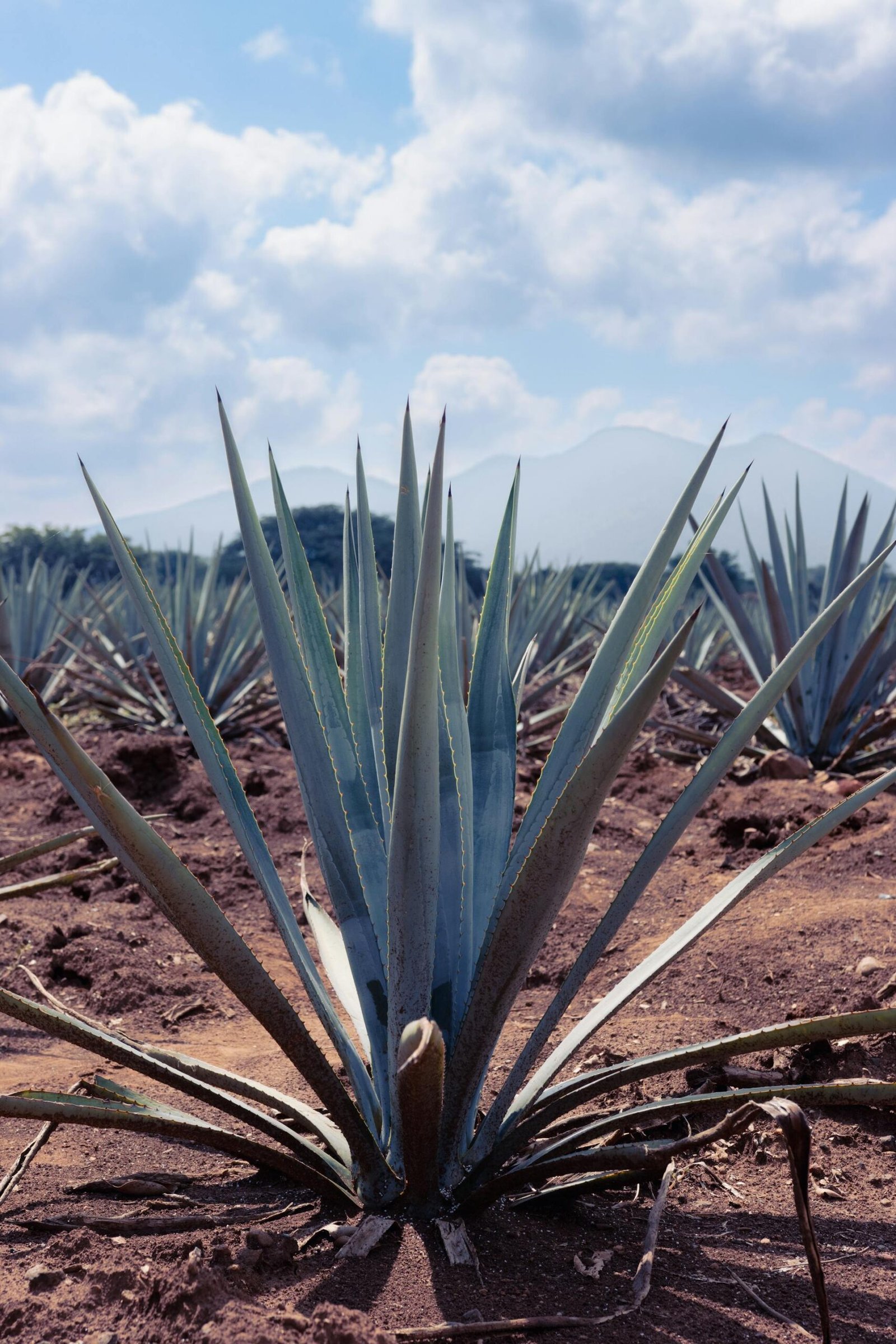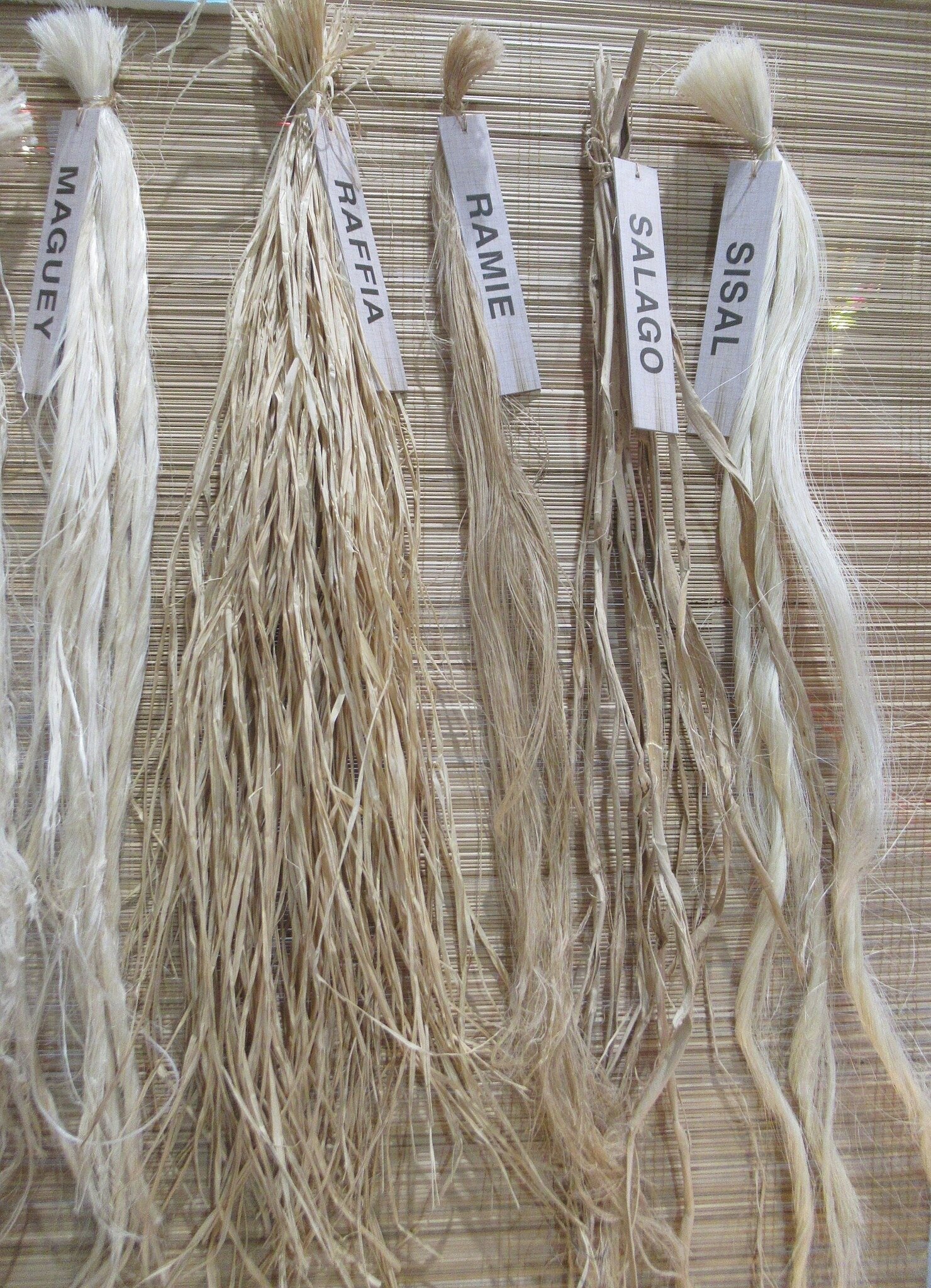Sisal: The Versatile Natural Fiber Powering Sustainability
Sisal, derived from the Agave sisalana plant, is a natural fiber with a rich history and a growing role in today’s eco-conscious world. Native to southern Mexico, particularly the Yucatán Peninsula, sisal has been cultivated for centuries, originally by indigenous peoples like the Maya and Aztecs for making ropes, paper, and fabrics (Britannica). Today, this hardy plant thrives in arid regions across the globe, from East Africa to Brazil, offering a sustainable alternative to synthetic materials. With its durability, biodegradability, and versatility, sisal is more than just a fiber—it’s a symbol of environmental resilience and innovation.

A Plant Built for Tough Conditions
Sisal comes from a succulent in the Agave family, characterized by its rosette of long, sword-shaped leaves. Each leaf, which can grow up to 6 feet long, contains around 1,000 fiber bundles, though only about 4% of the plant’s weight is usable fiber (FAO). The plant is remarkably resilient, thriving in hot, dry climates where other crops struggle, such as semi-arid regions of Tanzania, Kenya, and Brazil—now the world’s leading producers (UNCTAD). It requires minimal water and can be harvested just two years after planting, with a productive lifespan of 7 to 12 years, yielding 200 to 250 leaves per plant (International Year of Natural Fibres). This low-maintenance nature makes sisal an ideal crop for sustainable agriculture.
The extraction process, known as decortication, involves crushing and scraping the leaves to separate the stiff, creamy-white fibers from the pulp. Traditionally done by hand, modern methods use machines to improve efficiency, followed by washing and sun-drying the fibers (Textile Value Chain). The result is a coarse, strong material prized for its ability to stretch, resist saltwater deterioration, and hold dyes well—qualities that have made it a staple in various industries.

From Rope to Modern Marvels
Historically, sisal’s claim to fame was its use in cordage. Its strength and durability made it the go-to material for ropes and twine, especially in marine and agricultural settings. In the 19th century, as global trade expanded, sisal plantations sprang up in colonies like Tanganyika (now Tanzania) and the Bahamas to meet the demand for low-cost twine, spurred by innovations like the machine grain binder (Smithsonian National Museum of American History). Today, it remains a key player in the cordage industry, but its applications have evolved far beyond ropes.
Sisal now reinforces composite materials in cars, furniture, and construction, offering a lightweight, eco-friendly alternative to fiberglass (ScienceDirect). It’s woven into carpets, mats, and geotextiles that stabilize soil, and even finds its way into paper, dartboards, and buffing cloths. Beyond the fiber, sisal’s byproducts are equally valuable—leaf residues become bioenergy, animal feed, or fertilizers, while the plant itself helps combat soil erosion with its deep roots (UNEP). This full-circle utility underscores sisal’s role as a sustainability champion.
Environmental and Economic Benefits
One of sisal’s standout features is its environmental footprint—or lack thereof. Over its lifetime, it absorbs more carbon dioxide than it emits, making it a natural ally against climate change (Carbon Trust). Unlike synthetic fibers like nylon or polyester, sisal is 100% biodegradable, leaving no toxic waste behind. Its cultivation requires no harsh chemicals, and its organic waste can be repurposed, reducing landfill contributions. For farmers in developing regions, sisal offers economic stability, growing in marginal lands unsuitable for food crops and requiring little investment (World Bank).
Globally, sisal production hovers around 210,000 tons annually, with Brazil and Tanzania leading the charge (FAO). The market, valued at over $1 billion in recent years, is poised for growth as demand for natural fibers rises (Statista). Organizations like the FAO Intergovernmental Group on Hard Fibres support research into new applications, from biodegradable plastics to pharmaceutical ingredients, ensuring sisal’s relevance in a green economy.
Sisal Today and Tomorrow
While synthetic fibers dominated the late 20th century due to their lower cost, sisal has staged a comeback in the 21st century, driven by consumer awareness of sustainability. Its antimicrobial properties make it ideal for soap saver bags and exfoliating textiles, while its rustic aesthetic appeals to interior designers crafting eco-chic rugs and wall hangings (Textile World). As industries seek alternatives to petroleum-based materials, sisal’s potential is only beginning to unfold.
Sisal is more than a fiber—it’s a testament to nature’s ingenuity and humanity’s ability to adapt. From ancient Mesoamerican crafts to modern biocomposites, it bridges the past and future, offering a durable, planet-friendly solution for a world in need of both.
Sources
- Britannica: Sisal Plant
- FAO (Food and Agriculture Organization): Sisal: Economic and Statistical Data
- UNCTAD (United Nations Conference on Trade and Development): Sisal Trade Analysis
- International Year of Natural Fibres: Sisal: The Fibre
- Textile Value Chain: Sisal Fiber: Properties and Uses
- Smithsonian National Museum of American History: McCormick Grain Binder History
- ScienceDirect: Sisal Fiber in Materials Science
- UNEP (United Nations Environment Programme): Sisal Sustainability Report
- Carbon Trust: Sisal and Carbon Sequestration
- World Bank: Sisal Farming in Developing Regions
- Statista: Global Sisal Market Value
- Textile World: Sisal in Modern Textiles
